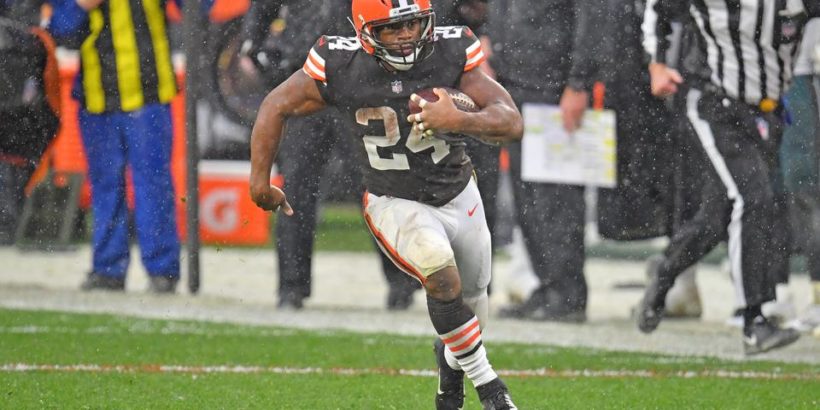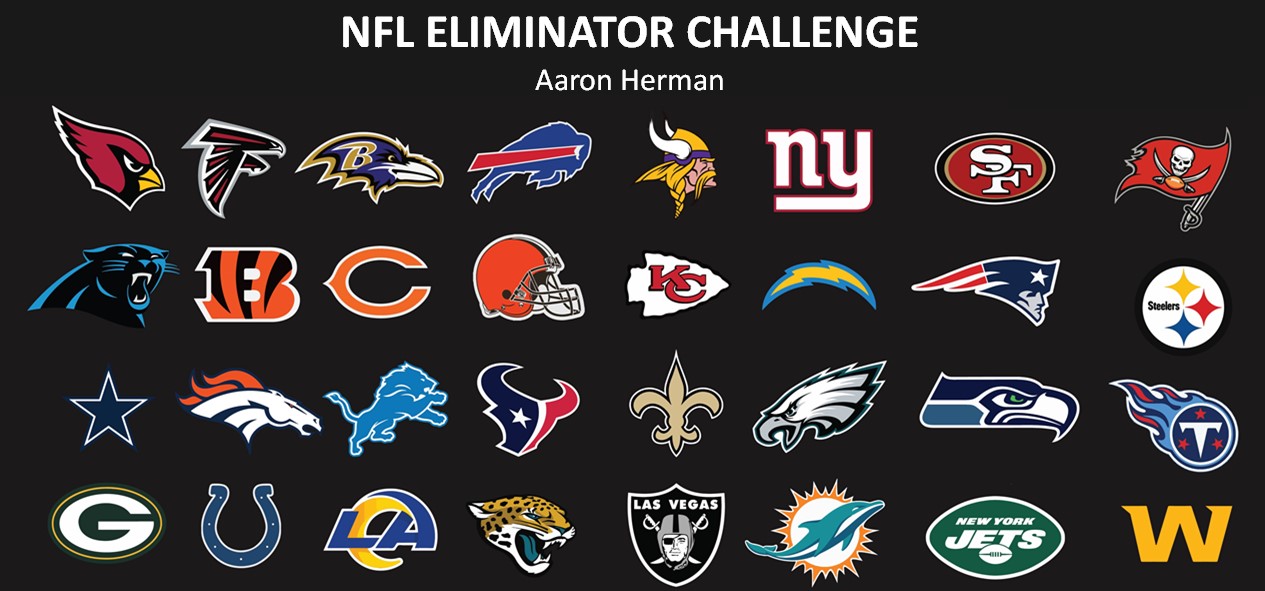I love roster theory. It really is what makes fantasy appealing to me. Yes, winning week-to-week is fun, but truth be told, I’d rather draft a team than manage one. Those precious few minutes, when I’m on the clock, is the kind of rush I only found when I was pounding out a gamer on deadline.
Now there’s about a bazillion different ways to put together your team. Some of the best discussions I’ve had in the fantasy landscape is during Scott Fishbowl season, when the best and brightest in fantasy put our money where our mouths and hearts are and play in the largest tournament in the world against average Joes, with all the donated money going to Toys for Tots. During the pre-draft process, most folks will get into at least two different Twitter DM chats: One for their division and the other with everyone else who is drafting at the same spot as you. The latter is where the magic happens.
Since we are not competing against each other directly, people are really free to discuss what they are planning on doing, where to find resources, and offer advice to newbies. Yeah, I know it sounds nuts. Here’s a bunch of über competitive people literally giving away trade secrets. And they do it over, and over, and over again.
So in this article, I’m going to take you through some different philosophies on how to draft and how to build yours in a redraft league. In the coming weeks, I’ll also have articles on dynasty draft and on keeper league drafting strategies.
No matter which method you subscribe to, I will always advocated to get your guys. Fantasy is supposed to be fun, so make sure you draft players that you will enjoy watching.
Zero RB
The people who name draft strategies aren’t very imaginative, so you should be able to guess what most of these are just from the headings alone. But in case it isn’t clear, the Zero RB method basically means you wait as long as possible to select a running back. The thinking here is that you amass value at more premium positions, then leverage the waiver wire to fill in the gaps over the course of the season.
I’ll be honest. This is my least favorite, and least successful, method. Now maybe one has to do with the other, but I typically would rather draft a strong, balanced team than spend hours each week scouring the waiver wire for a guy who might pop. For others, that’s the draw of fantasy, to find the diamond in the rough. If you can pull it off, you generally are tough to beat week to week.
Late Round QB
Basically it’s the same concept as Zero RB, except that it’s for quarterbacks. I fully encourage you to employ this in one quarterback leagues. Yes, Patrick Mahomes, Josh Allen, and Aaron Rodgers will go early, but you don’t care. The drop-off from those three to QB12 isn’t nearly as great as the drop between any other position’s top tier and its lower end.
Now don’t tell DJ, but if you use this method, I would be totally ok with you taking Kelce/Kittle/Waller earlier than usual to compensate, especially in a TE-premium league. There is a significant drop-off between those three and the rest of the tight ends.
Tiered-based drafting
Let’s be honest, shall we? Most fantasy managers don’t do a ton of research. They’ll take a dude at the top of the draft board on whatever platform you’re playing on. Hell, I know people who don’t even bother to show up for the draft because they feel like the computer selects a better team than they would. Don’t be that guy/girl/non-binary human.
Now, up above I said to always get your dudes and I stand by that, but this method basically says “I don’t care WHICH guy I get, I just want from this group.” This method puts players into groupings (tiers) and you select from that pool. In the NFL, teams use scheme fit as tie-breakers between players. You don’t have that worry in fantasy, so you can focus on productivity. I generally employ this method in the middle to later rounds of my draft, where I tend to be less focused on drafting a particular person or position and be more focused on bye week fillers, backups, and potential injury replacements.

Working the corners
Being on the ends of rounds takes a little more forethought than selecting from the middle spots. Basically you’re making two picks at the same time, or there abouts. (I define the corners as the 1.01, 1.02, 1.11, and the 1.12 for the record.) The best piece of advice I’ve ever read on drafting on the turns was to make sure you were the start of runs, not the end of them. What that means is, if there was a QB run leading up to your pick, pivot away to another position to get the pick of the litter there, instead of the QB leftovers.
Now, because you are essentially drafting two players at the same time, you generally get sniped less. Using an adapted version of tiered-based drafting will also go a long way to building a competitive team. Once it starts getting close to my turn, I try to have around four players in mind, generally ranked in some kind of order, that I’m interested in. If my guys start to fly off the board, that’s when I pivot.





